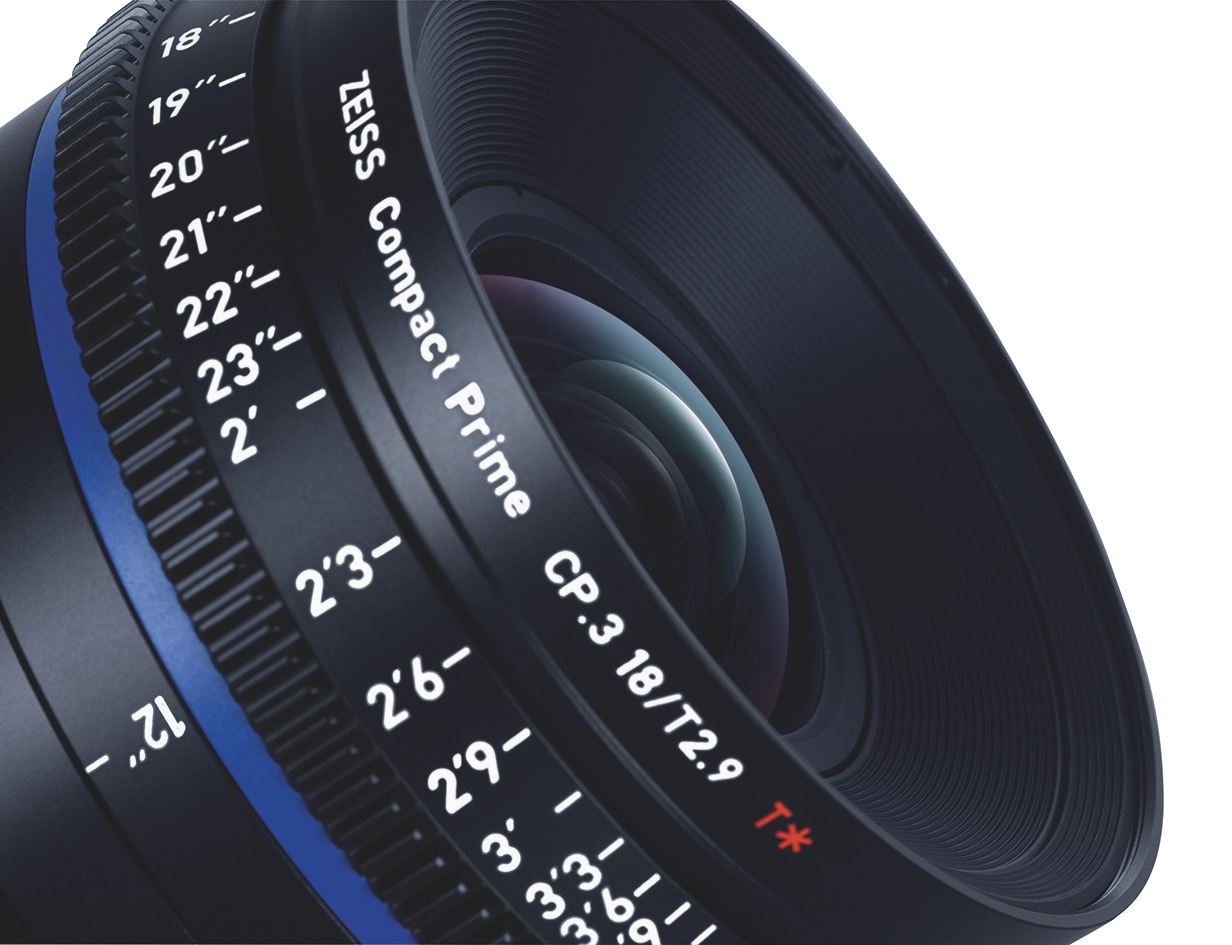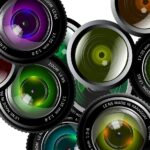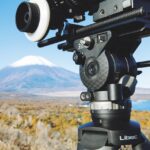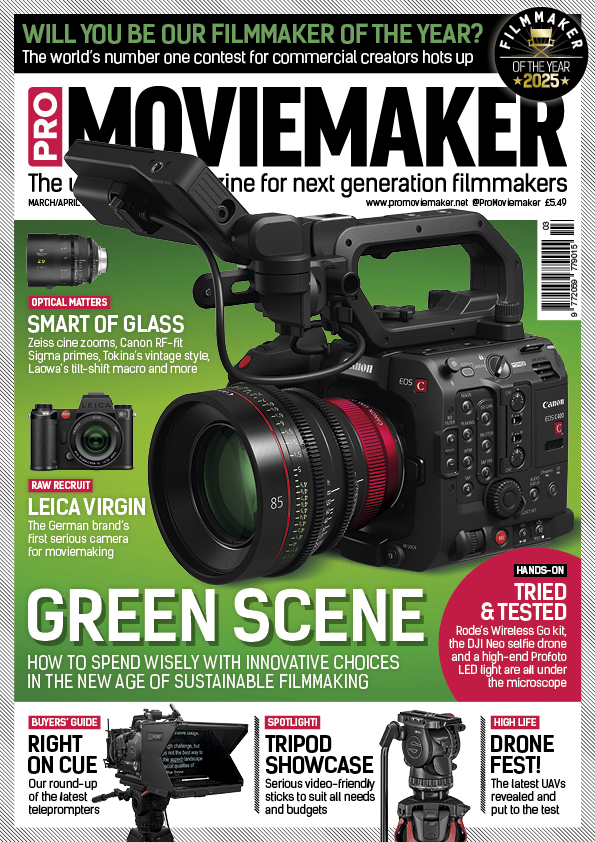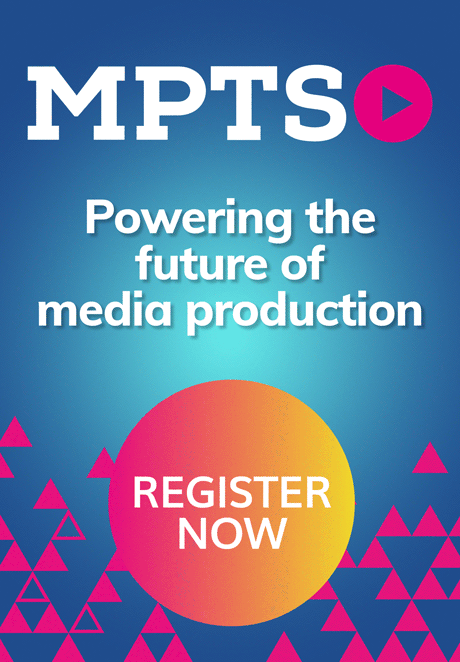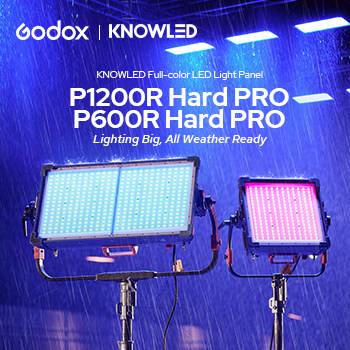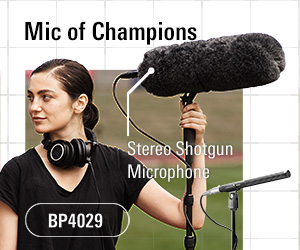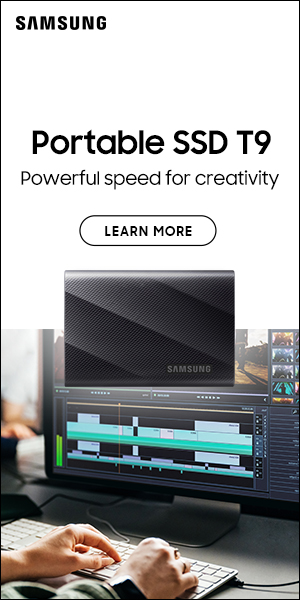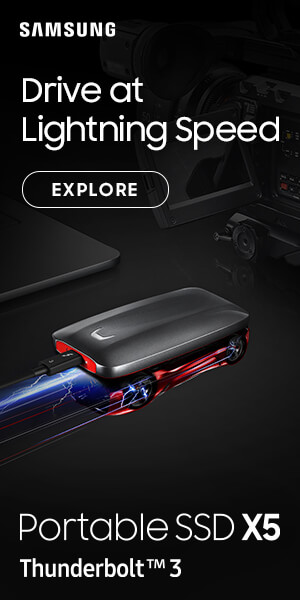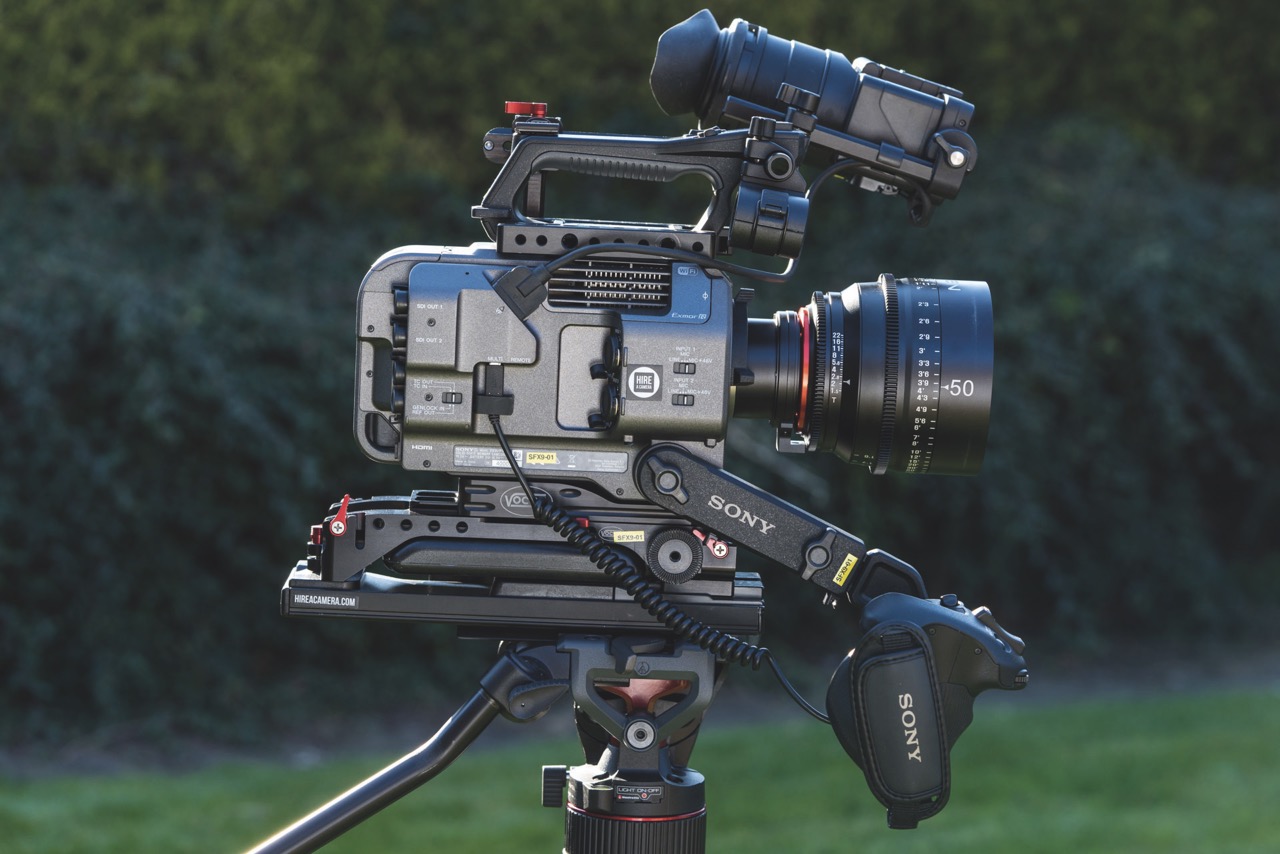
Best used buys
Posted on Apr 15, 2025 by Pro Moviemaker
Our selection of the best second-hand equipment worth snapping up
Sony FX9
- Why buy used? A solid, fully featured cinema camera
- What else might you need? XQD cards are not that common so you’ll need to invest
If you want the handling and solid build quality of a professional cinema camera that also boasts the latest phase detection autofocus and spec of mirrorless cameras, Sony’s FX9 is a great used buy.
Compared to mirrorless cameras, high-end models like this stay current for longer before an upgrade, so there’s often better supply and a wider range to choose from. As most have hour meters inside, you can see how much work they’ve done. With the FX9 coming out at the end of 2019, many have had a hard life, so condition is crucial.
The full-frame FX9 is a 6K camera, with its preferred codec being 4K oversampled from the 6K sensor. Initially hard to obtain, it’s now much more accessible on the used market and promises reliable service for decades. With broadcast-standard codecs and performance, this remains a highly current model.
For the same tech in a smaller body, the FX6 is a more affordable option. Snap one up if you can, as it features a full-frame sensor and performance similar to the FX9.
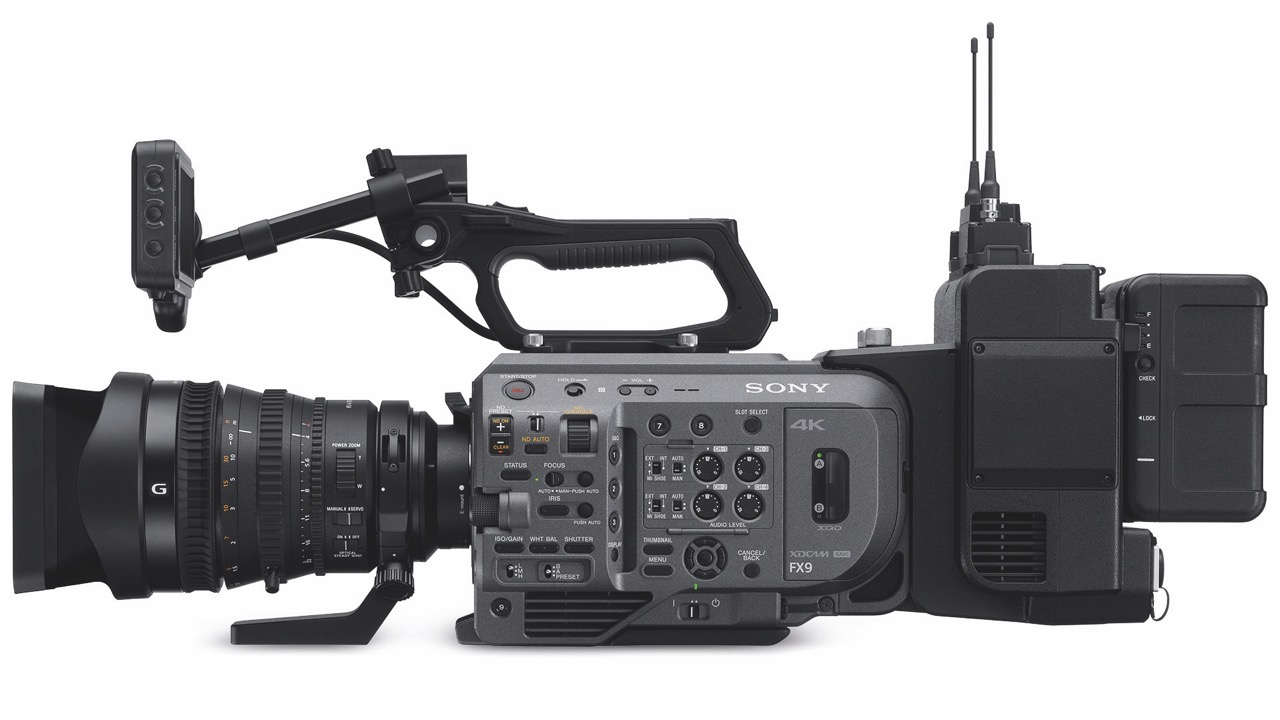
Panasonic Lumix S5 II X
- Why buy used? Great prices and stunning performance
- What else might you need? L-Mount lenses and XLR adapter
The all-black Lumix S5 II X remains Panasonic’s latest full-frame mirrorless camera designed for filmmakers, despite being a couple of years old. It is heavily based on the S5 II, employing the same 22.4-megapixel full-frame CMOS sensor and imaging engine with hybrid phase detection AF, but significantly improves on its moviemaking capabilities.
Both the S5 II X and S5 II shoot internal 4:2:0 10-bit 6K in 3:2 and 5.9K in 16:9 at 30fps, plus 4:2:2 C4K and 4K at up to 60fps, with a low-profile heat management system allowing unlimited recording times. However, the S5 II X can record all these formats in Apple ProRes internally up to 5.8K, alongside MOV and MP4 formats like the S5 II. The X’s recording rates reach 800Mbps, shooting in All-Intra, whereas the S5 II tops out at 200Mbps due to its limitation to the more compressed Long GOP format.
When switching to S&Q mode, the X model can record in 4:2:2 10-bit, while the standard camera is limited to 4:2:0 though still in 10-bit.
Additionally, the S5 II X can record to an external SSD via HDMI or USB and supports Apple ProRes Raw video output to Atomos monitor-recorders. It also offers both wired and wireless IP streaming, as well as USB tethering.
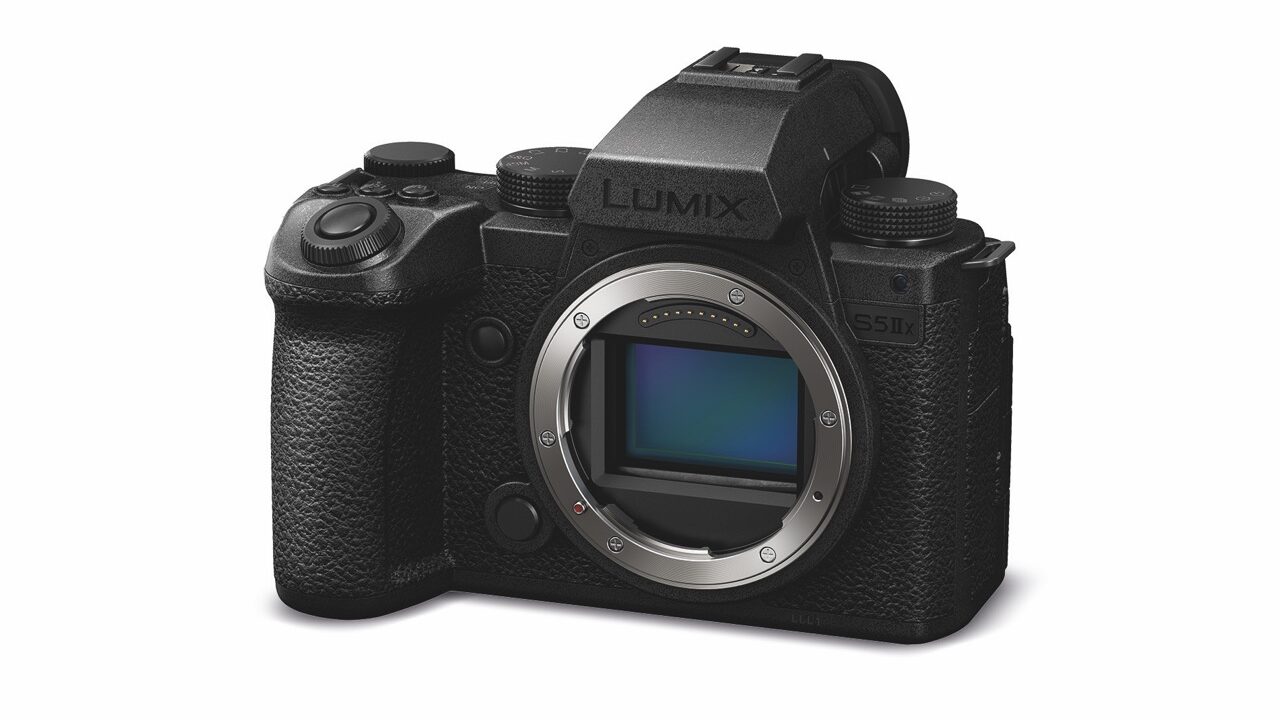
Zeiss CP.3 primes
- Why buy used? Incredibly sharp and will last for many decades
- What else might you need? Follow focus, VND or matte box
The latest Zeiss range of Nano cine primes are superb and fast, but that doesn’t mean the compact CP.3 cine prime range has become less capable. As some filmmakers upgrade to the Nano series, there are more CP.3 lenses arriving on the market.
In addition to the standard CP.3 optics, the CP.3 XD series adds lens data technology to speed up post-production. However, these optics are often more expensive and harder to find, making the conventional CP.3 lenses a more financially sensible choice.
The CP.3 range offers high-contrast, rich blacks and saturated colours without any nasty glares or flares thanks to its advanced coatings, painted lens rims and light traps in the barrel. Within this range, the lenses are available in 15, 18, 21, 25, 28, 35, 50, 85, 100 and 135mm focal lengths.
All feature a maximum aperture of T2.1, except for the three widest options at T2.9. They share a 95mm front diameter and uniform size, except for the slightly longer 100 and 135mm telephoto models.
Zeiss’ CP.3 series optics all feature user-interchangeable lens mounts in PL, Canon EF, Nikon F, Micro Four Thirds and Sony E fits, so they can be changed if you swap systems. That provides versatility and real, lasting value.
Sony FX3
- Why buy used? Increasingly popular full-frame workhorse
- What else might you need? CFexpress Type A cards to unlock all codecs
At launch, Sony’s FX3 was touted as a hybrid between a mirrorless and a cinema camera, but retained the main technology of its more conventional mirrorless sibling, the A7S III. That comparison may have harmed its success, since many went for the A7S III – which has a viewfinder – while the FX3 is screen only.
Four years on, the FX3 has become even more popular as filmmakers love its improved audio and practical form factor. It features five 1/4in threaded mounting holes, allowing accessories to be attached directly without requiring a cage. The MI Shoe is designed for Sony’s own audio gear, providing power and audio signal transmission without cables or batteries. The camera also has a built-in cooling fan to prevent overheating and a zoom rocker switch for controlling powerzoom lenses.
The FX3 is amazing in low light thanks to its 12-megapixel sensor that’s capable of shooting up to 4K in 10-bit 4:2:2. It offers a wide range of codecs and frame rates, reaching up to 240fps in HD with phase detection AF still functional at these speeds. The S-Cinetone colour profile delivers cinematic footage straight out of camera, though S-Log and HDR options are also available.
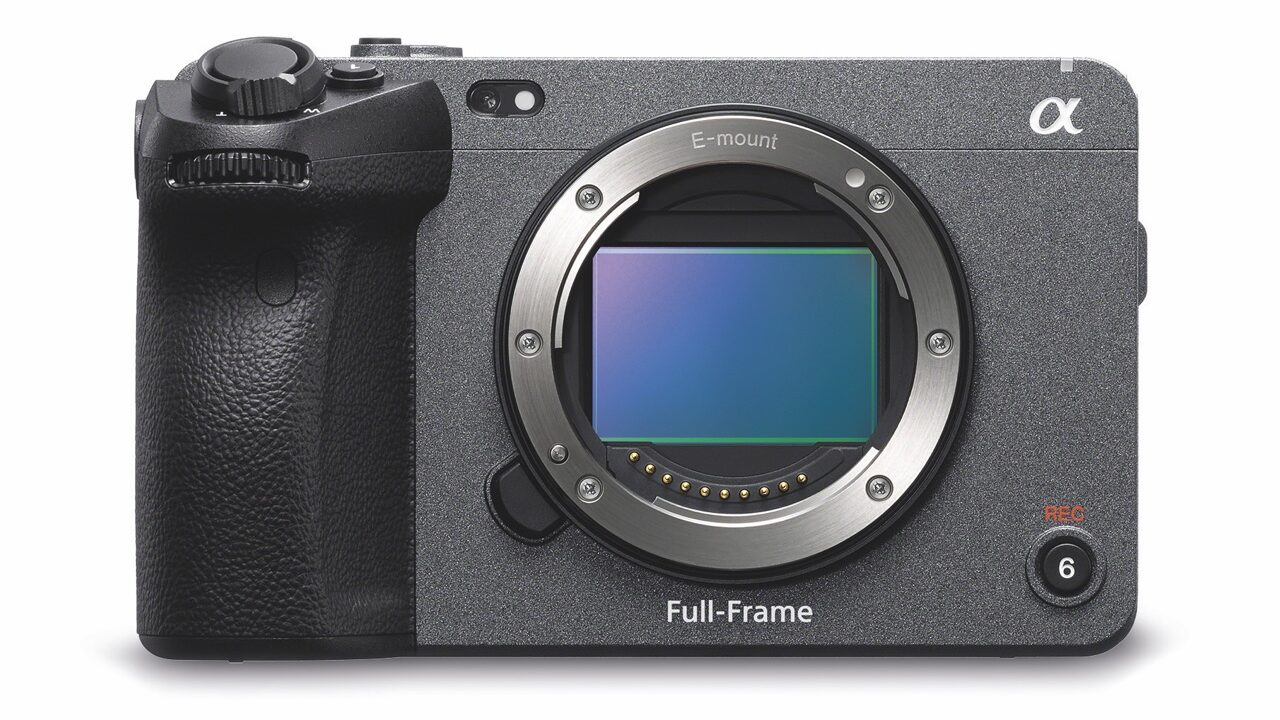
Blackmagic 6K Pro
- Why buy used? High spec for not much cash outlay
- What else might you need? L-Mount lenses and XLR adapter
The Blackmagic Pocket Cinema Camera 6K Pro might look like a medium format stills DSLR, but it’s built for filmmaking, featuring a Super 35 sensor, five-inch tilting touchscreen, built-in ND filters and XLR audio connectors. While full-frame versions are available, the Blackmagic Raw-shooting 6K Pro is the best value.
Its Super 35 HDR sensor has 13 stops of dynamic range and dual native ISO. The camera shoots at 60fps from the full sensor or 120fps with a crop. It records in 10-bit Apple ProRes up to 4K or 12-bit Blackmagic Raw up to 6K, with footage saved to a CFast card or externally to a USB-C drive. The one-shot contrast detection AF system doesn’t offer any tracking, and there are no autoexposure settings or image stabilisation.
The sensor has dual native ISO, with base settings of ISO 400 and 3200 to prioritise low noise. Recording options include up to 6K in BRAW format, 3.7K anamorphic and 2.8K in 17:9, plus 10-bit 4:2:2 in various ProRes settings, including C4K, 4K or FHD. For slow-motion filming, it supports 120fps in 2.8K 17:9 Raw or HD ProRes scaled from 2.7K, but the crop factor in 120fps is a severe 3.388x.
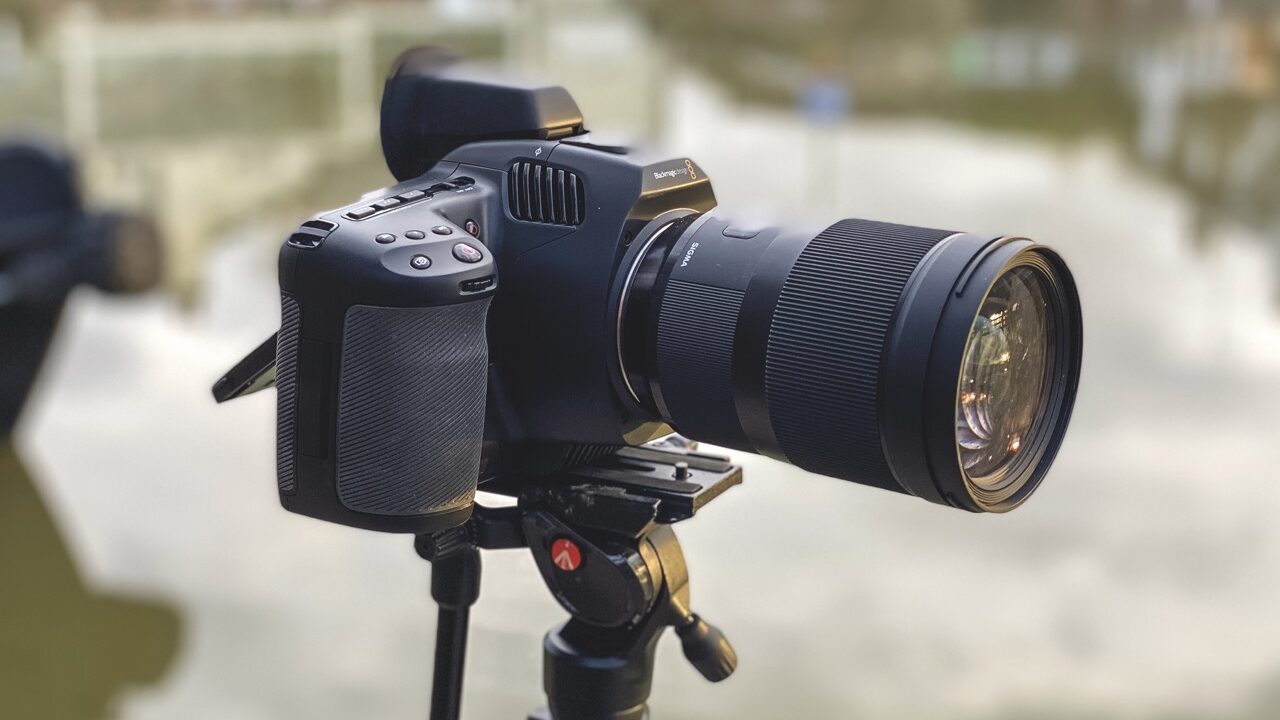
Buying used can help you save money and save the planet. Find out more in this article.
This article was first published in the March/April 2025 issue of Pro Moviemaker


